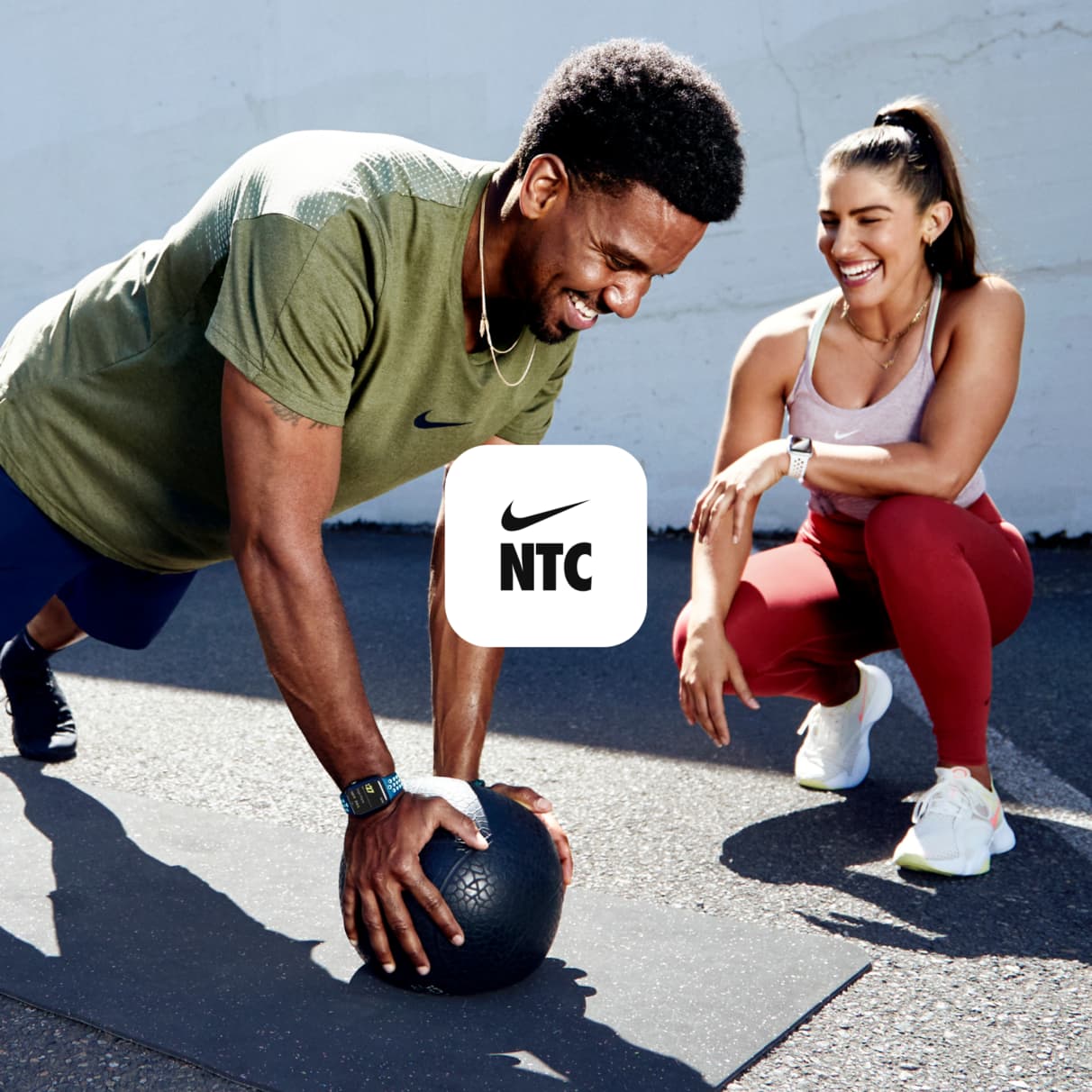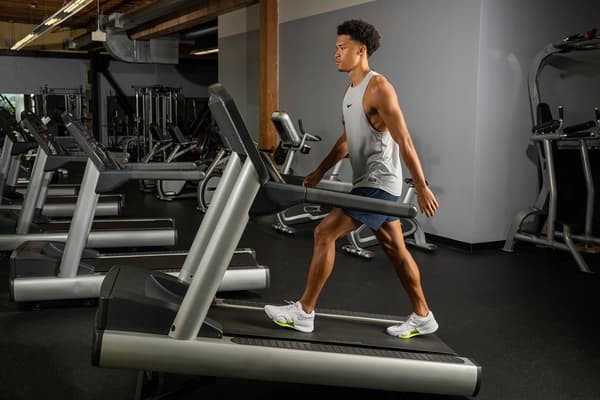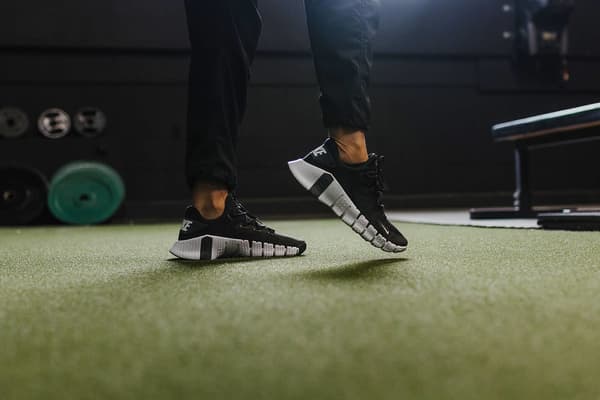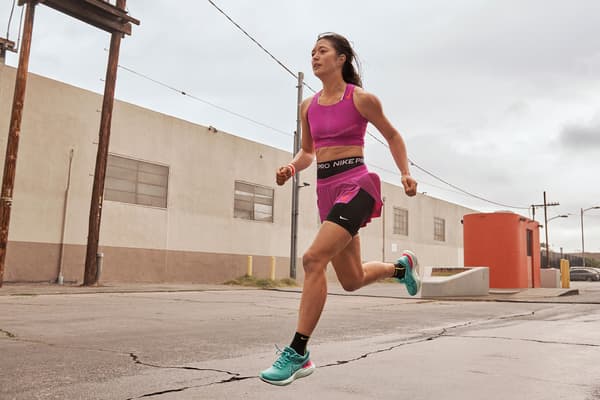So, What Is Sweat, Anyway?
Sport & Activity
Whether you have a light sheen or it's waterworks when you exercise, experts explain what is in sweat—and why it matters.
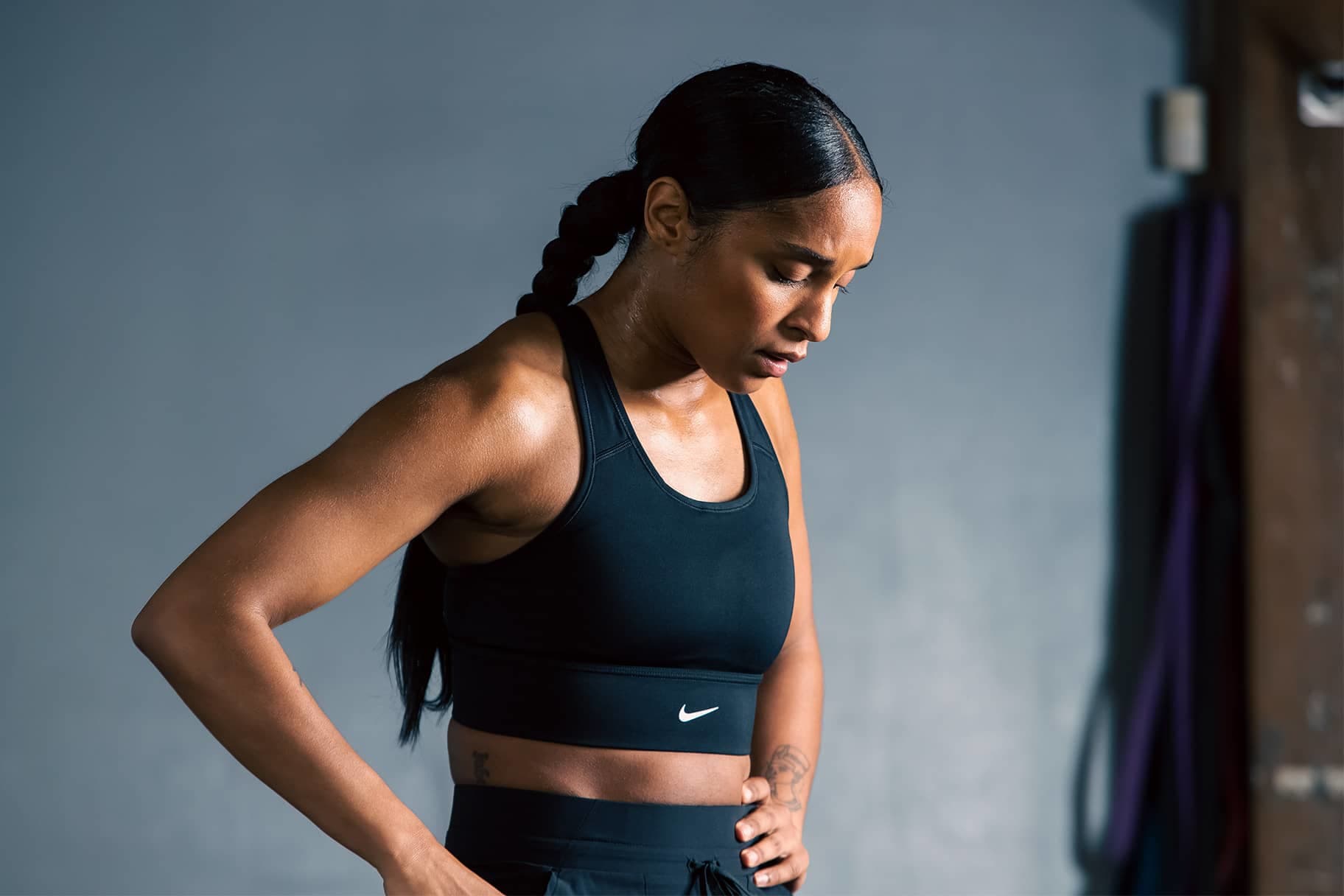
When it comes to boosting fitness performance, there are plenty of variables to consider, including intensity, endurance and progression—but have you ever considered paying attention to your sweat?
It can be easy to grab a towel, wipe your face and ignore what your sweat might be telling you. But that means you might be missing out on a big clue to how your body is operating, particularly in response to exercise. Here are some key questions and expert answers that can provide more insight on what sweat is made of, and why you should care.
RELATED: How To Get Rid of the Smell of Sweat in Workout Clothes
What is sweat?
In terms of function, sweat is simply the way our bodies regulate temperature, according to Ali Mesiwala, MD, neurosurgeon and sports specialist at DISC Sports & Spine Center in Newport Beach, California. When you're in a humid environment, or your core temperature is going up when you exercise—or both—it's the evaporation of sweat that does the trick when it comes to regulating your core temperature.
Sweat itself doesn't dial down your temperature. It's the way the air dries your sweat that keeps your core temperature stable. That's why you might notice that when you're in front of a fan, it's easier to get cooler, faster. The air feels refreshing, but it's also helping the sweat evaporate so your temperature regulates back to normal.
Along with water, your sweat contains sodium, chloride and potassium—also known as electrolytes. Sodium, in particular, is essential in the body for numerous functions such as maintaining fluid balance, optimising nerve impulses and regulating muscle contractions, and it's the mineral you excrete the most in your sweat.
If you only expelled water and not these electrolytes, your cells would have too much sodium, and that would cause a serious situation in which your cells would start to dehydrate, potentially leading to cellular shutdown. But if there's too little sodium excreted, that's a swing in the other direction, causing cells to swell and potentially burst. Fortunately, sweat with the right amount of sodium loss is the way your body adjusts to core temperature changes—without messing up your cellular balance.
Are you a salty sweater?
The volume of sweat is one factor worth noting, and the other is concentration, which can be a little harder to track, says dietitian Ashley Harpst, RD and sport specialist at Go for the Gold Nutrition.
Research suggests the rate and composition of sweat loss can vary considerably among individuals, so it's possible that even when you feel like a sweaty beast, you're not losing an excessive amount of electrolytes and especially sodium. Or you could have a light glow of sweat and be losing sodium at a rapid pace.
One way to tell if you're a "salty sweater" is to look at your clothing and even your skin after you exercise, Harpst says. If you tend to expel a higher rate of sodium, you'll notice a thin layer of either a grainy or powdery white substance on your skin and clothes. Your skin might feel sandy or dusty, she says.
Your sweat will also taste saltier, which you can determine if it's running down your face, and it will cause more stinging in the eyes or on open skin—like on a cut or scrape.
This is more likely when you're exercising at a higher intensity in the heat, because your body will kick into rapid-cooling mode and that might involve more sodium excretion. But some people may experience this even with low-intensity activity because that's just the way their body operates, Harpst says.
Usually, this isn't a problem as long as you rehydrate with water and electrolytes (more on that in a minute), but if you skimp on sodium during and after exercise, you may encounter muscle cramps. You could also struggle with blood pressure variation, which means you feel light-headed when you stand up from a prone position—this is called orthostatic hypotension, and it feels like a head rush.
That means paying attention to your salty sweat is good, because it can help you feel less fatigued and crampy and because it can also be a boon for better blood-pressure regulation and overall function.
How can you replenish sodium?
Another major component to sweat management is replacing what you've lost. Water is obviously crucial, but if you don't include some sodium, it can negatively impact your fluid balance, according to Natalie Allen, RD, clinical assistant professor of biomedical sciences and team dietitian in the athletics department at Missouri State University.
Sports drinks can be useful, she says, especially since the carbohydrates in those beverages can help pull the sodium into your cells, allowing faster hydration. That combination of carbohydrates and sodium can be found in foods as well, she says, such as pretzels or nut butters. The other benefit to eating salty food is that it will increase thirst, which Allen says can help prompt you to drink more water than you might otherwise.
RELATED: Will Drinking Salt Water Hydrate You More Effectively Than Regular Water?
Replacing the other minerals, potassium and chloride, is helpful as well. For that, bananas are the go-to choice. They bring together potassium and carbs, and they're highly digestible, so they get those components into your system quickly for replenishment, Allen says.
What do sweat-wicking clothes provide?
Being drenched in sweat is more than just uncomfortable—it may actually impact your performance, because the longer that sweat stays on your body without evaporation, the longer your core temperature will stay elevated, according to Manhattan, Kansas-based Garret Seacat, CSCS and USA Cycling-certified cycling coach.
If you're exercising in cold weather, that can cause even more problems because you may sweat more to compensate for the chill, and the evaporation process will cause your core temperature to come down quickly—often too quickly. In humid weather, the danger is in less evaporation, so you stay damp and sticky for longer and don't get the cooling effect that evaporation provides.
That's why sweat-wicking layers are more than a "nice-to-have" option for any exercise that's outdoors, because they prevent dramatic temperature swings that could leave you vulnerable to hypothermia or heat exhaustion. Even in an indoor gym setting, overheating from trapped sweat can be a performance killer.
RELATED: How To Tell If You Have Heat Exhaustion—And What To Do About It, According to Doctors
"The most common mistake is wearing too much clothing and sweating from the moment your workout starts", Seacat says. "You probably won't even notice until it's too late. Once you see sweat coming down your forehead, you've probably already soaked your underlayers in sweat. Then you have the difficult decision to either strip layers off and attempt to dry off, or keep going inside wet layers, and neither of those feel like great options in the middle of a workout".
Another big problem is that you might not realise this is happening. When people are exercising, they're less likely to perceive changes in temperature—even during low-intensity activity—compared to sitting outdoors, according to a study in a 2021 issue of the journal Physiology & Behavior. That means you can't really rely on monitoring your sweat and evaporation during exercise.
In general, sweat is just as much of a clue in your athletic performance as heart rate, oxygen usage and muscle fatigue. Paying attention and adjusting your clothing choices and beverage options can be a boon to making every workout more efficient—and more comfortable.
Words by Elizabeth Millard
